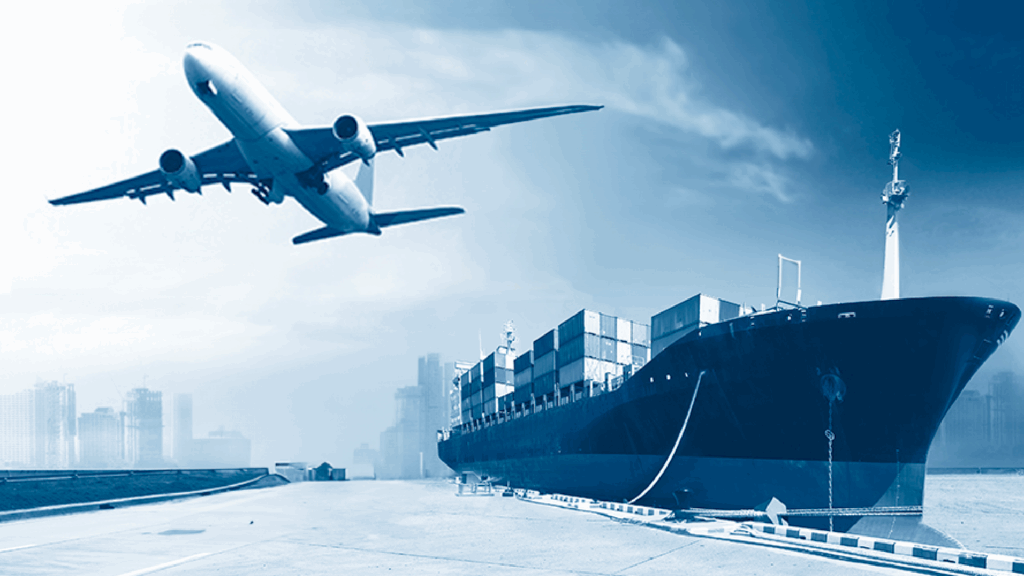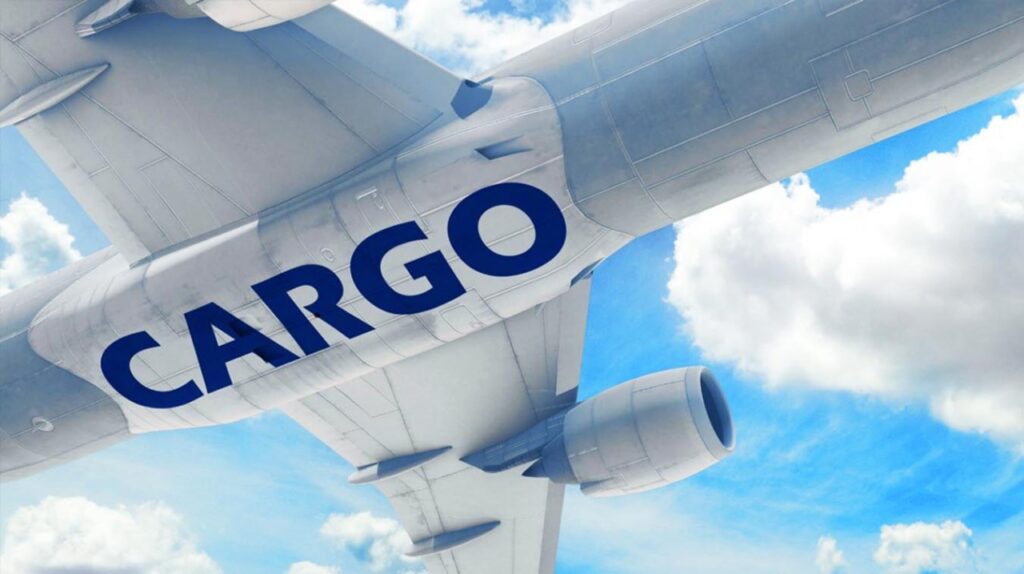Shipping from China to the Philippines is a crucial part of international trade, but the cost of shipping from China to Philippines cost can be daunting. Many businesses face challenges in managing expenses and transit times. However, by understanding different shipping methods and optimizing logistics, companies can achieve more affordable and reliable shipments.
What Are the Main Shipping Methods from China to the Philippines?
When shipping from China to the Philippines, the main methods are air freight, sea freight, and express courier. Each has distinct cost structures and transit times, which can significantly impact your decision-making.
Air Freight
Air freight is the fastest method for shipments, ideal for high-value or time-sensitive goods. However, it tends to be the most expensive option.
Sea Freight
Sea freight, on the other hand, is the most cost-effective for bulk shipments but comes with longer transit times. It’s often preferred for large quantities of goods.
Express Courier
Express courier services, such as DHL and FedEx, offer quick delivery for smaller parcels and offer door-to-door service, but at a higher per-kilogram cost.
How Much Does Shipping from China to the Philippines Cost?
Shipping costs depend on the chosen method, shipment size, and specific destination in the Philippines. Below is a breakdown of typical costs based on various methods:
| Shipping Method | Estimated Cost (USD) | Transit Time | Best For |
|---|---|---|---|
| Air Freight | $4 – $8 per kg | 3–5 days | High-value, time-sensitive items |
| Sea Freight | $0.5 – $2 per kg | 15–30 days | Bulk goods, large volumes |
| Express Courier | $7 – $12 per kg | 3–7 days | Small parcels, urgent deliveries |
For example, shipping 100 kg of goods from Shenzhen to Manila via air freight could cost anywhere from $400 to $800, while the same shipment by sea freight could cost as little as $50 to $200.
What Influences the Cost of Shipping from China to the Philippines?
Several factors contribute to the variation in shipping costs:
1. Shipment Size and Weight
Heavier and larger shipments typically cost more to transport. Sea freight offers the most economical rates for bulk goods, while air freight charges based on weight and volume.
2. Shipping Method
As discussed, the method you choose—whether express, air, or sea—will significantly influence the cost. Air freight offers speed but at a premium price.
3. Destination Port
Major cities such as Manila, Cebu, and Davao are often more accessible, meaning shipping to these areas may be more cost-effective compared to remote locations.
4. Customs and Documentation
Proper documentation and customs clearance fees also impact shipping costs. These costs can add up, especially for large shipments or those requiring special handling.
How to Save on Shipping from China to the Philippines
To minimize shipping costs, consider the following tips:
- Consolidate Shipments: If possible, consolidate multiple smaller shipments into one larger shipment. This helps lower the cost per kilogram.
- Choose Sea Freight for Bulk Goods: Sea freight is the most affordable option for large shipments, particularly if time isn’t a major constraint.
- Negotiate with Shipping Providers: Many freight forwarders offer discounts for regular customers or larger volume shipments.
- Use Freight Forwarders: Partnering with a reliable freight forwarder can help you navigate customs, handle paperwork, and find the most cost-efficient routes.
Real Case Studies of Shipping from China to the Philippines
Case 1: Shenzhen → Manila (Sea Freight)
- Goods: Electronics (500 kg)
- Mode: Sea Freight (FCL)
- Cost: $1,200 (full container load)
- Transit Time: 25 days
- Result: The company saved 40% by using sea freight for large cargo.
Case 2: Guangzhou → Davao (Air Freight)
- Goods: Sample apparel (50 kg)
- Mode: Air Freight
- Cost: $350
- Transit Time: 5 days
- Result: The company met urgent delivery deadlines for a fashion event.
What Are the Customs and Import Duties When Shipping to the Philippines?
When shipping goods from China to the Philippines, customs duties and taxes apply. The Philippines imposes an import duty on most products, which is calculated based on the CIF (Cost, Insurance, and Freight) value. Below are some key points:
- Customs Declaration: Ensure all paperwork is correctly filed to avoid delays.
- VAT: The VAT rate in the Philippines is 12%, and it applies to most imported goods.
- Import Duty Rates: These can vary by product type, ranging from 0% to 20%.
For a smoother shipping experience, partnering with a freight forwarder can simplify the customs process, ensuring proper documentation and clearance.
Air Freight vs Sea Freight: Which is Better for Shipping from China to the Philippines?
| Shipping Method | Pros | Cons |
|---|---|---|
| Air Freight | Fast (3–5 days), ideal for time-sensitive goods | Expensive, limited capacity for large shipments |
| Sea Freight | Cost-effective for bulk, suitable for heavy cargo | Slow (15–30 days), limited flexibility |
For smaller shipments or those with tight deadlines, air freight is the preferred choice, albeit at a higher cost. On the other hand, sea freight offers significant savings for large, non-urgent shipments.

How Do Shipping Companies Calculate Transit Times?
Transit times are calculated based on the following factors:
- Distance between ports: The closer the ports, the quicker the transit.
- Mode of Transport: Air freight is the fastest, followed by sea freight and rail.
- Customs Processing: Clearance times can delay shipments, particularly when documentation is incomplete.
- Port Congestion: Busy ports like Manila may experience delays during peak seasons.
Can Shipping from China to the Philippines Be Tracked?
Yes, modern shipping services allow real-time tracking through digital platforms. Both air freight and express couriers provide tracking numbers to monitor shipments, ensuring customers can stay informed of delivery progress.
Should You Consider a Freight Forwarder for Shipping from China to the Philippines?
Working with a freight forwarder offers many advantages, such as:
- Expertise in Customs: Navigating customs regulations can be challenging, but freight forwarders ensure smooth clearance.
- Consolidation Services: Freight forwarders can consolidate shipments to save costs, especially for smaller cargo.
- Time Savings: Letting a freight forwarder manage the logistics allows you to focus on other aspects of your business.
In conclusion, using a freight forwarder can streamline the process and save money, particularly for businesses shipping frequently.
Conclusion
To summarize, shipping from China to the Philippines cost can vary significantly based on shipping methods, shipment size, and customs regulations. By selecting the most suitable shipping option—whether air, sea, or express—you can balance cost and delivery speed. With careful planning and the right logistics partner, businesses can optimize their shipping operations for cost-efficiency and reliability.
- Consult TJ China Freight Forwarding for the lowest quote. They will provide you with reliable, cost-effective service.
FAQs
Q1.What is the cost of shipping from China to the Philippines?
Shipping from China to the Philippines costs depend on the shipping method chosen. Air freight ranges from $4–$8 per kg, while sea freight can be as low as $0.5 per kg.
Q2.How can I find the best guide to shipping from China to the Philippines?
A detailed guide to shipping costs and methods can help businesses optimize their logistics, factoring in costs, transit times, and customs considerations.
Q3.How long does shipping from China to the Philippines take?
Air freight typically takes 3–5 days, while sea freight usually takes 15–30 days, depending on the shipping line and route used.
Q4.What shipping methods are available from China to the Philippines?
The most common shipping methods include air freight, sea freight, and express couriers, each with different costs and transit times, as outlined in the shipping guide.
Q5.Are there additional fees when shipping from China to the Philippines?
Yes, you may incur customs duties, VAT (12%), and handling fees depending on the shipment’s value and the shipping method.




